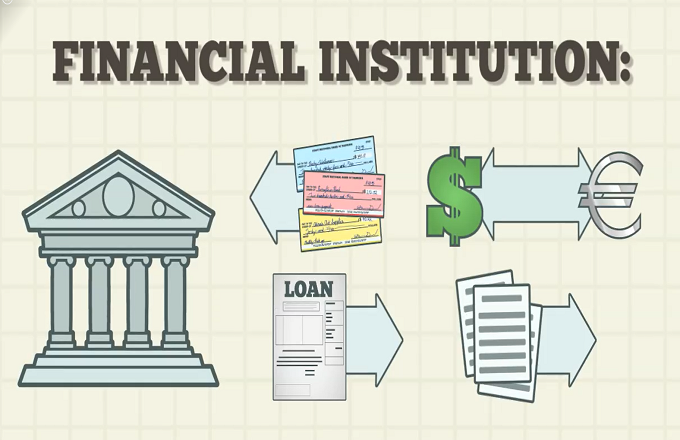 March 21 2017
March 21 2017
Purpose of Financial Institutions:
Store Money
Save Money
Saving account
Checkable Deposits
Money Market account
Checking account
Loan Money
Principal - amount that you borrow
Interest - Price paid for the use of borrowed money
Types of Financial Intermediaries:
The financial system
Assets: anything of monetary value owned by a person or business
Financial asset: paper claim that entitles the buyer to future income from the seller
Physical asset: A claim on tangible object (ex: house or car)
Liability: requirement to pay money in the future (usually with interest)
Five major financial assets
Loans
stocks
bonds
Loan-backed securities
bank deposits
Interest rates and inflation
Time value of money- A dollar is worth more today than it is tomorrow. You are losing money every second you are not investing it.
Future value (FV)- If you invest or lend money to someone it will compound/girl according to the following equation: FV = PV(I+i)^t
Present value (PV)- amount of money you need to invest now in order to get some amount in the future. PV= FV/(I+i)^N
Formulas
Time Value of Money
Where r= nominal interest rate, k= Number of times interest is credited per year, n= years, and V= future value of money






